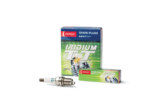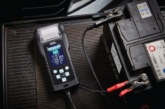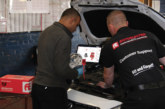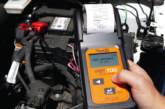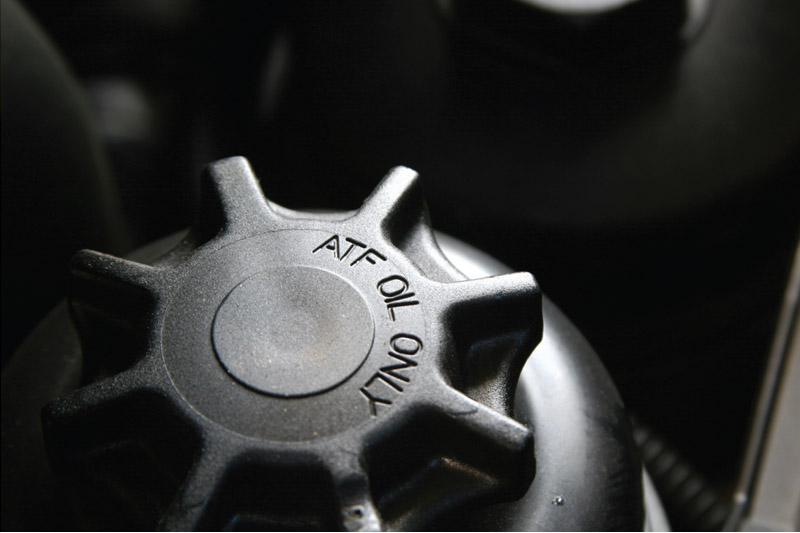
Aisin fills PMF in on the importance of Automatic Transmission Fluid (ATF), and provides motor factors with useful knowledge that can be passed on to their customers.
What is an ATF?
Automatic Transmission Fluid is a special purpose lubricant, specifically formulated to meet stringent requirements for operation in automatic transmissions.
Types of transmission in light vehicles
A transmission is, following the engine itself, probably the second most expensive component in a vehicle. In Europe, sales of vehicles equipped with manual transmissions are decreasing, with the automatic and the double-clutch transmission (DCT) making up the difference. With increasing numbers of automatics being sold across Europe, it is vital that these transmissions are serviced and maintained properly, ensuring long-life and trouble-free motoring.
What does an ATF do?
A high quality, premium ATF has five primary functions:
- To lubricate the planetary gear set, and other gears and seals
- To transmit the torque from engine to transmission
- To control the shifting of gears through hydraulic pressure
- Cooling the complete transmission
- Carrying sludge and metal wear debris to the filters in the oil pan
When should an ATF be changed?
An ATF is operational in an aggressive environment, as it strives to perform all the functions described above. If an ATF is no longer in optimal condition, the vehicle’s automatic transmission will begin to suffer, until it ultimately breaks down, which will cost a hefty price to repair.
Aisin recommends that the ATF is changed every 100,000 to 150,000km, depending on the variety of parameters, as aforementioned. There is confusion within the industry, as vehicle manufacturers have suggested that an ATF is ‘filled for life’, whilst providing little information on how to make this a possibility. As a means of not getting on the bad side of VMs, automatic transmission manufacturers won’t publicly state the need for oil changes, but they will admit this necessity in private conversations. Across the globe, ATF changes are very different; in Japan, for example, ATF change is recommended every 20,000km, more frequently than engine oil changes in Europe. This is, in part, a result of the different climate in Japan.
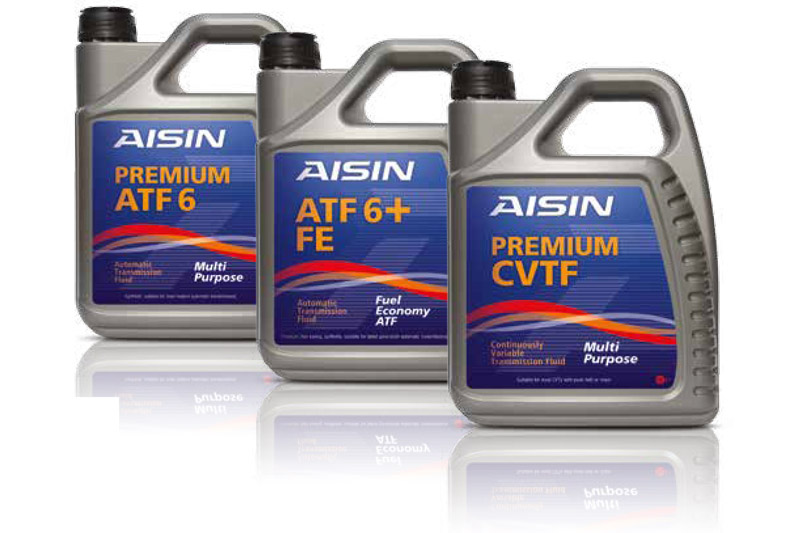
What are the consequences of not replacing an ATF?
In essence, an ATF has two components: an additive package and a base oil. The additive package contains specialty chemicals, which include:
- Detergents to keep the transmission clean of sludge and wear debris, and to ensure that all the channels throughout the transmission are kept clean, ensuring good shift performance.
- Dispersants to ensure that sludge and wear debris is kept soluble in the oil and carried to the filter/strainer for removal.
- Anti-foamants to ensure that air bubbles created on the hot casing wall never have the opportunity to enter the oil as entrained air. Air does not lubricate, whilst oil does.
The base oil is the carrier fluid, and provides the intrinsic quality of the oil through its viscosity and lubrication power. Over extended time periods, oxidation can occur to the base oil through contact with the heated air inside the transmission. Oxidised oil in combination with sludge can cause the oil to become acidic, thus corroding the internal metal parts of the transmission.
As transmission manufacturing tolerances have tightened-up over the years, the rate of oil shear and loss of viscosity has increased as it protects the gears and friction plates. This shearing has the effect of breaking the long polymer chains, subsequently reducing viscosity (or oil stickiness). The long polymer chains in the base oil can be compared to long fibres, which are constantly being cut up into smaller and smaller components, leading to them losing their effectiveness to lubricate and protect.
Aisin’s ATF offering
Aisin claims to have two premium ATF products, the ATF 6, for older to more modern automatic transmissions with 3-, 4-, 5- and 6-speed automatic transmissions, and a lower viscosity ATF, the ATF 6+ FE, for the most modern vehicles, which utilise a 7-speed or more automatic transmission sourced from selected automatic transmission manufacturers. This lower viscosity ATF supports enhanced overall fuel economy. To complete the picture, the company has also launched a specific product for CVT applications, Premium CVTF.

